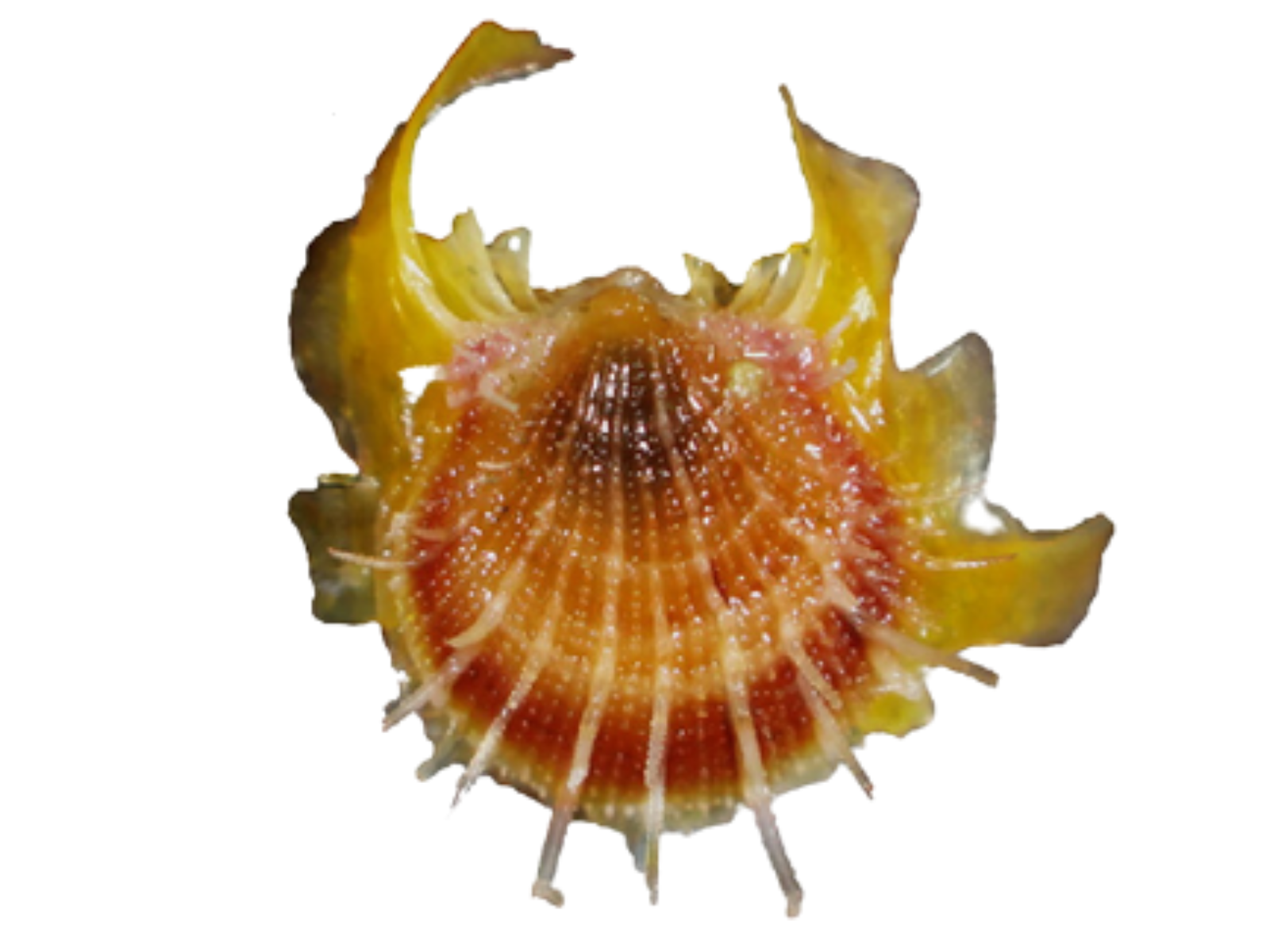9 things I learned (or relearned) during my first field season in the mangroves
by Katie Grabowski
Hi! My name is Katie and I am a PhD candidate in the Gonzalez lab at McGill University, co-advised by Andrew Altieri at the University of Florida. For my PhD, I am studying mangroves, a globally widespread intertidal forest found in the tropics. In particular, one question I am researching is how the shape and size of a mangrove patch affect the biodiversity of the creatures that live within. Due to the pandemic, I did not have my first field season until this summer. This meant that I had spent ~17 months only working with information from papers and planning, so I had a lot to learn when I finally got to the field.
Before we dive into the lessons I learned this summer, here’s a crash course to tell you about mangroves:
Mangroves support high levels of biodiversity and ecosystem functioning. They act as a foundation species – a species with a strong role in structuring the community – by providing a surface for organisms like oysters, macroalgae and sponges to live on. Mangroves also provide refuge for more mobile species, including juvenile fish and other small organisms, within their unique prop roots (arching roots that support mangrove trees; like these ones on the right).
In addition to the many benefits they provide for other intertidal inhabitants, mangroves support human wellbeing and survival. Worldwide, over 200 million people live near mangrove forests, utilizing them for food supplies and commercial activities. Mangroves also provide other ecosystem services including increased coastal resilience against extreme weather events and nursery habitat for commercially important reef fish. Mangroves are an important source of “blue carbon”, providing substantial carbon storage as a vital ecosystem service. With all these varied services including fishery, nursery, coastal protection and forestry, it’s been estimated that one hectare of forest is worth >25,000USD.
Mangrove prop roots. All photos by K. Grabowski (author) unless otherwise noted.
Despite the immense cultural, financial and ecological significance of mangroves, they are one of the world’s most threatened tropical ecosystems. Mangroves have been degraded or destroyed by a variety of anthropogenic sources, including pollution, deforestation, and climate change. Approximately one-third of global mangrove cover was lost in the 1980s and 1990s, with recent deforestation due to a variety of factors including aquaculture, agriculture and urban expansion. Such deforestation drives fragmentation, which is ubiquitous in mangrove forests worldwide. Fragmentation breaks down mangrove habitat from large areas to smaller, more isolated patches.
This is where my research question comes in.
How does the changing shape and size of mangrove patches as a result of fragmentation affect other parts of the ecosystem? More specifically, how does the configuration of a mangrove patch affect the biodiversity of its inhabitants?
To address this question, I traveled all the way to Bocas del Toro, Panama, which is in the northwest corner of the country very close to the border with Costa Rica.
In addition to getting some answers for my research, I also learned (or relearned) nine lessons that I didn’t expect:
1 - Nothing on paper prepares you for the field
As I said above, I spent many months reading everything I could find about mangroves as part of my preparation both for my first field season and my Qualifying Exam (QE), which took place this spring. Even so, I was not prepared for that first jump into the mangroves. My research assistant, Jen, was greeted by the tentacles of a box jelly (see Number 5 for more on that) within a few minutes of entering the water, and I was overwhelmed by the diversity of life in front of me. How was I going to study something with so much going on?
2 - Mangroves defy even basic questions
Mangrove roots are complex, which is why they provide such good protection for small organisms. However, that also makes it extremely hard to ask even basic questions in this system. For example, a common measurement when assessing the carbon stored in a tree is DBH, or diameter at breast height (~1.3m above the ground). With mangroves, identifying a single tree was not a straightforward task, nor was trying to determine what “breast height” means. For reference, here below is a figure from the Blue Carbon Initiative for how to estimate DBH for irregular mangrove trees. These seven drawings represent different potential configurations for mangrove trees and where you, as a researcher, should measure the DBH in these different settings. For comparison, I’ve also included a similar drawing for a terrestrial tree.
3 - An important aspect of fieldwork is determining what is measurable
As I mentioned above, mangroves are pretty overwhelming. One of my first tasks at the beginning of the summer was trying to focus on one part of the entire mangrove ecosystem to reduce its complexity. To address my questions related to root epibionts (organisms that live on another organism), we decided to focus only on the subtidal portion of the mangrove root (the part that is almost always submerged and doesn’t have to deal with the physical stresses related to the changing tides). We created a 50x10cm frame to help outline the focal region and then I conducted in-situ surveys and took many photos and videos.
4 - Identification in such a biodiverse ecosystem is challenging
Before this summer, I had been to the tropics and experienced places with incredible amounts of biodiversity. Even so, I was struck by just how many different living things can be found in mangroves, which are only one of several coastal marine ecosystems (others include coral reefs and seagrass beds). I had no prior experience with mangrove epibiont (organism that lives on another organism) identification, so it was a steep learning curve to become comfortable with telling different organisms apart. For example:
And then, just for fun, I’d come across something like this (the bright yellow spiky epibiont in the middle of this photo) and have no idea what I was looking at:
Any guesses? Keep reading to the end for the answer.
5 - Everything is lava
And by that, I mean most things in or on mangroves will hurt you in some way if you’re not careful. You thought sponges are soft and innocent, like Spongebob? Nope! One species is commonly known as “fire sponge” and can cause contact dermatitis if you touch it with bare skin. Bivalves? They have sharp edges that will cut exposed skin. Sea urchins? Unsurprisingly, they do not like to be high-fived, a lesson I learned the hard way this summer.
Cassiopeia are another creature to look out for! They are known as “upside down jellyfish” as they generally sit at the bottom of shallow waters and look like they’re upside down. Even without touching them, they can release stinging cells called nematocysts that can get inside your wetsuit and cause irritation.
Last but not least, the waters surrounding mangrove roots in Bocas del Toro were full of box jellies. These are not the scary species of box jellyfish that can kill you in some parts of the world (like Australia or Hawaii). Instead, these are small creatures with long tentacles that will sting if you touch them accidentally. The highest density I encountered this summer was about a dozen individuals in a ball of water the size of a soccer ball. Needless to say, I quickly backed up and waited for them to pass.
6 - Staying still is hard
My assistant, Myra, recording data.
Working in the mangrove roots, it was extremely important not to touch anything or put your feet down. This was due both to the potential dangers on and in the roots as discussed in Number 5 and because as soon as you touched something, you would stir up a ton of sediment hiding what was right in front of you. For work that included many visual surveys, this posed a serious problem.
Without being able to grab on to anything or stand, staying still was challenging. Enter the changing tides, and staying steady to take a video or photo of a root was extremely tricky. Now add in passing boats that left wake behind them and your work got even harder. It took me and my assistants a lot of time to adjust to these challenges and be able to conduct our work.
7 - Fauna that moves is also fun
As cool as it was to see and learn to identify all the different stationary organisms on the mangrove roots, it was also always fun to see bigger creatures that moved around while we were working. We commonly saw different species of rays, like the yellow stingray pictured here.
On the roots, we often saw decorator crabs, which are crabs from several different species that use materials from their environment to cover themselves and camouflage from predators. It was not uncommon to see a patch of sponge on a root that would suddenly start walking away, and we even saw some crabs with tunicate hats.
8 - How to drive a boat!
Although the station has boat drivers whom you can hire to drive you to your sites, it was much more convenient to be able to drive yourself (at least some of the time). As such, I went through the process of both learning to drive a boat and obtaining my Panamanian boat driver’s license this summer, which was quite the experience. I am incredibly grateful to my very patient assistant, Myra, who handled my learning period with grace and to all of the boat drivers at STRI (Smithsonian Tropical Research Institute) who shared their knowledge with me while I was learning.
Me (Katie) behind the wheel and my assistant Myra behind me.
9 - The people make the experience
Fieldwork is often very challenging, with long days in physically exhausting conditions. Everything I described about how careful you need to be in the mangroves meant that no physical position was comfortable during our work underwater, because you had to be aware of every part of your body at all times. Moreover, even though we were in the tropics wearing full body wetsuits and the average daily temperature was ~85F/30C, being in the water for hours on end could get really cold.
With all of that, it was the people around me who made the experience so unforgettable and made me want to keep working and exploring. I am incredibly grateful for the opportunity to work in such an incredible place while surrounded by amazing scientists. A huge thank you to both of my assistants, Jen Wright and Myra Knowles, for their help in taking ideas and converting them into actual fieldwork and daily plans. Thank you to my advisors, Andrew Altieri (University of Florida) and Andrew Gonzalez (McGill University), for their extensive support. Thank you to all the staff at the Bocas del Toro STRI station for maintaining a station that supports such incredible work. And thank you to my fellow researchers who ended up becoming my friends at the station - for doing what you do and inspiring me daily.
And finally, thanks to you, reader, for making it this far! Stay tuned for more updates as I continue to work through my data and see what I found!
If you’re still wondering, the yellow spiky thing on the root (in Number 4) that I had trouble identifying was a juvenile bivalve. Before seeing that, I had no idea that juvenile bivalves were so visibly different from their adult counterparts.
Juvenile bivalve
Adult bivalve

















